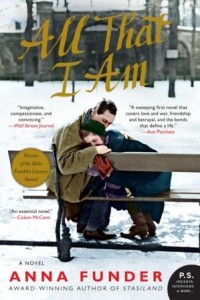Source: Author provided review copy
Paperback, 230 pages
I am an Amazon Affiliate
Red coat soldier and criminal investigator Michael Stoddard has landed himself in a pickle in the first American Revolutionary War Thriller installment, Regulated for Murder by Suzanne Adair. Stoddard must dress in plain clothes before making his way to Hillsborough, N.C., to deliver a vital dispatch to Cornwallis, and he must not let on that he is a British soldier. He’s less than pleased by his new assignment as he was attempting to close in on Bowater, who is accused of defrauding two men. Stoddard assumes the name of Compton after stumbling upon a murder scene in a town not loyal to the British and being surrounded by lawmen and residents who are very suspicious of strangers. Quickly, he’s rescued from certain jail time by his “cousin,” Kate, just as he is recruited by the town’s German sheriff Schmidt to find the killer of a local man. What transpires is a criminal investigation wrought with danger at nearly every turn, which set during another time period might be perceived as a little too much. However, given the American revolutionary time period in question when loyalties were tested and retested, Adair handles the investigation and interactions with a town full of former Regulators and those who opposed them carefully.
“Electric readiness charged Michael’s muscles. He sprang into the house and pivoted to avoid Schmidt’s paw swipe. The German kicked the door shut, leaving his lackeys outside. Michael’s forearm deflected the second swipe, followed it with a slash from his dagger that snagged Schmidt’s sleeve. Then his heel caught on an upturned rug. Schmidt advanced into his stumble, batted the dagger from his hand. It clattered to the foyer floor out of reach.” (page 69)
Adair provides enough backstory for readers to follow along with Stoddard and understand his background, though it is clear that more is haunting this man. Adair fleshes out Stoddard’s conflicted character, providing readers with glimpses of his struggles with his moral conscience, but she also depicts him as a highly logical man. It was interesting to see that this are was plagued by corruption even before the American Revolution and that the townspeople sought to root it out themselves, which calls to mind the driving force behind the American fight for freedom from British rule. However, Adair also touches upon the tension people felt after getting to know some of the soldiers that occupied their towns, getting to know them as people made it harder to see them as enemies.
Regulated for Murder by Suzanne Adair is a solid mystery set in the period of the American Revolution that will keep readers entertained and learning about our nation’s past. The author even provides historical notes about what parts of the novel are based in fact and which are fiction. While the book started off a little slowly, it quickly picked up pace once Stoddard entered the town of Hillsborough. There were some moments that seemed a little too coincidental, but they were intended to be so given the circumstances of the murder investigation, but the appearance of Stoddard’s nemesis seemed a bit forced, though it was still enjoyable to see the moral dilemma it presented to the main character.
About the Author:
Award-winning novelist Suzanne Adair is a Florida native who lives in a two hundred-year-old city at the edge of the North Carolina Piedmont, named for an English explorer who was beheaded. Her suspense and thrillers transport readers to the Southern theater of the Revolutionary War, where she brings historic towns, battles, and people to life. She fuels her creativity with Revolutionary War reenacting and visits to historic sites. When she’s not writing, she enjoys cooking, dancing, hiking, and spending time with her family. Visit her on Facebook, Twitter, and blog.




 About the Author:
About the Author: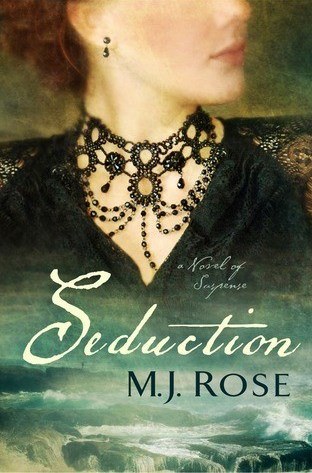
 About the Author:
About the Author:
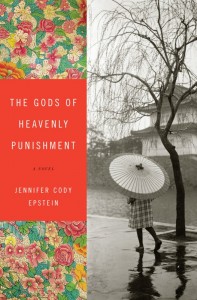
 About the Author:
About the Author:
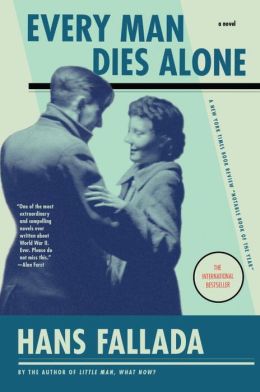

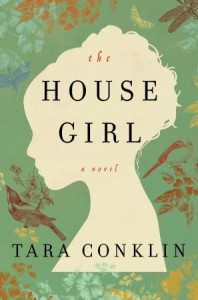
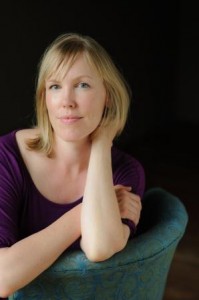 About the Author:
About the Author: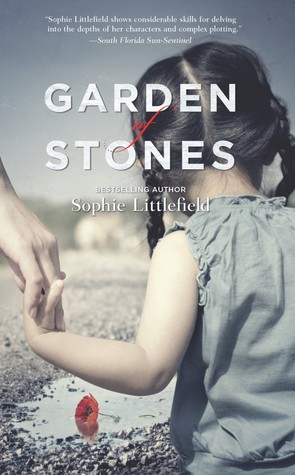

 About the Author:
About the Author: